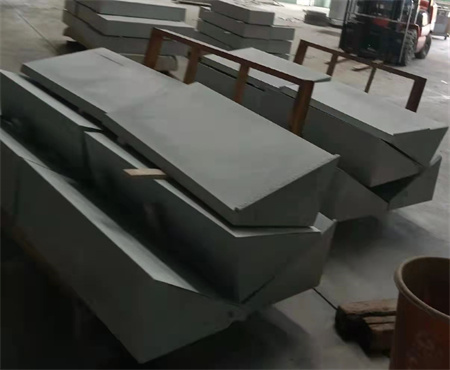The Process of Installing Granite Tombstones

Title: The Process of Installing Granite Tombstones
When it comes to honoring loved ones, choosing a granite tombstone is a timeless decision. As a premier granite stone manufacturer based in China, we understand that the process of installing these lasting tributes is as important as selecting the perfect granite memorial. For those considering importing granite headstones from China to the Western markets, it’s essential to understand the installation process to ensure a seamless experience. This guide walks you through each step, ensuring your granite monument installation is both efficient and respectful.
1. Choosing the Right Granite Monument
Before the installation begins, selecting the right granite monument is crucial. Granite, known for its durability and elegance, is an excellent choice for headstones. When selecting a granite tombstone, consider the color, finish, and design. Granite comes in various shades and finishes, from polished black to serene gray, each providing a unique aesthetic. It’s also important to decide on the size and shape that best suits the memorial needs and the cemetery regulations.
2. Preparing the Site
Proper site preparation is key to a successful installation. The installation team will first need to prepare the burial site by ensuring that the ground is level and solid. If the site is not adequately prepared, the granite headstone could shift or settle unevenly over time. Excavation may be required to create a suitable base, and sometimes a concrete foundation is poured to ensure stability.
3. Delivering the Granite Headstone
Once the site is prepared, the granite monument will be delivered. It’s crucial that the delivery process is handled with care to avoid any damage to the stone. The granite headstone is usually transported using specialized equipment and vehicles to ensure it arrives at the site in perfect condition.
4. Installing the Granite Tombstone
The actual installation of the granite tombstone involves several steps. First, the monument is carefully positioned on the prepared site. Professional installers will use lifting equipment to place the granite headstone accurately. It’s important that the installation team aligns the monument properly and ensures it is level.
5. Securing the Monument
To prevent any movement, the granite tombstone must be securely anchored. This often involves setting the monument in a base or using concrete to secure it. Proper anchoring is essential to ensure the stability of the headstone, especially in areas prone to ground shifting or extreme weather conditions.
6. Final Adjustments and Clean-Up
Once the granite monument is securely in place, the installation team will make any final adjustments. This includes ensuring that the headstone is perfectly aligned and making any necessary refinements to the surrounding area. After the adjustments, the site is cleaned up, and any debris from the installation is removed, leaving the memorial site pristine.
7. Post-Installation Care
After the installation is complete, it’s important to care for the granite headstone to maintain its beauty and integrity. Granite is a durable material, but it still benefits from regular cleaning. A gentle cleanser and a soft cloth are typically sufficient to remove any dirt or stains. Avoid using harsh chemicals or abrasive materials that could damage the stone’s finish.
8. Complying with Cemetery Regulations
Each cemetery may have specific regulations regarding the installation of monuments. These regulations can include guidelines on size, design, and installation methods. It’s essential to comply with these regulations to ensure that the granite tombstone is accepted and properly maintained.
9. Working with a Reputable Supplier
Choosing a reputable supplier for your granite monument is crucial. As a leading granite stone manufacturer in China, we pride ourselves on delivering high-quality granite headstones and providing exceptional service. We work closely with our clients to ensure that each granite memorial meets their specifications and exceeds their expectations.
10. Conclusion

